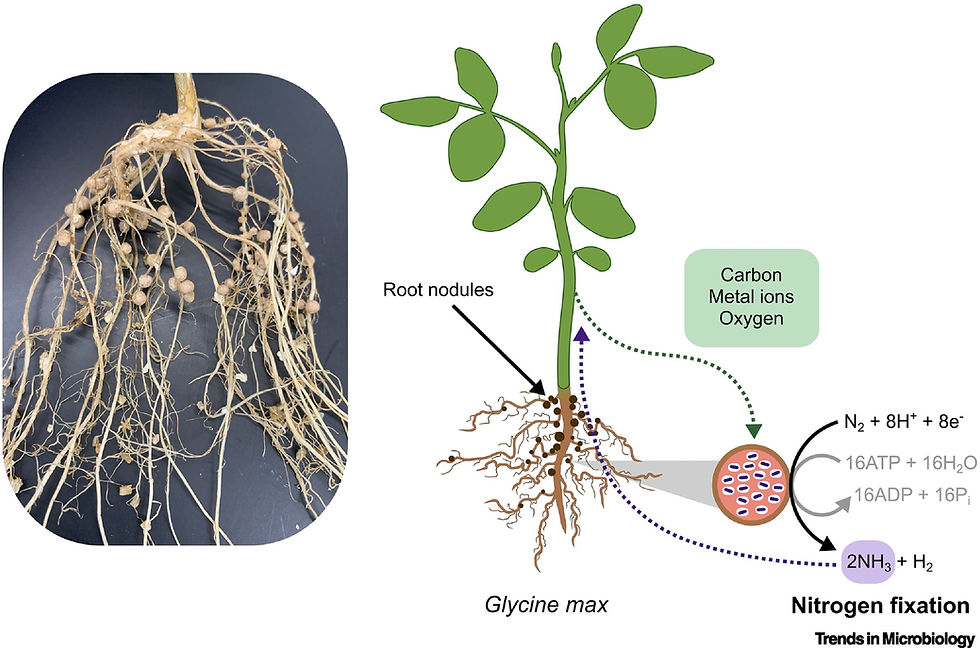How conservation agriculture can contribute to the survival of small farms worldwide
- Prasanjeet Roy
- Apr 27, 2021
- 3 min read
Updated: Dec 20, 2021
According to a recent study, we live a world that is seeing an ever-growing concentration of farmland into fewer hands: around 70% of the currently cultivated land is being owned by the top 1% of all farms, while, in contrast, 80% of all individual farms have land of two hectares or less, and operate only around 12% of the currently cultivated land. Here's a general graph of that, taken directly from the study:

It may seem like this is a natural economic process by which larger farms tend to swallow the competition by offering better prices to the consumers, which they can allow themselves because the reduced costs of a more efficient production structure. But think again: that small 12% of all cultivated land produces 35% of all the world’s food. The other 88% of land, meanwhile, produces a much less impressive 65% of all the food we eat. This actually correlates to a well observed inverse correlation between farm size and farm efficiency, though experts can’t quite place their fingers on the direct causes behind that.
Given all of this data, it’s evident that keeping small farms in business is key to preserve food safety and reach the Second Sustainable Development Goal of the United Nations: zero hunger by 2030. And here’s where conservation agriculture comes into play, by directly giving many major advantages to small farms, of which we can outline three as good examples:
1) Lessening costs and reducing labor input in the long run by aiming to increasingly develop the fertility of the soil instead of simply pumping it away through the traditional methods of exploitative agriculture. Conservation agriculture aims to reduce the recurrent costs of fertilization, and thus increase the medium and long-term profitability of agricultural operations while also doing away with the labor costs of tilling the soil and intensive weeding by replacing both of these operations with the smart usage of cover crops, among other novel techniques.
2) Making them more resilient to climate change by improving the capability of the soil to absorb and store water (thus helping to prevent and even reverse desertification), avoiding the salinization of the soil that comes from the intensive usage of inorganic fertilizers and preventing the erosion of the soil by wind and water through a constant maintenance of a vegetable cover. Farms that operate according to the principles of conservation agriculture and also use organic fertilizers have the added benefit of developing a soil ecosystem of bacterial probiotics and mycorrhizal fungi, which adds an extra layer of protection against drought, disease, erosion and nutrient depletion. This study from 2020, which also explores the benefits of conservation agriculture for preventing soil erosion, presents these two possible worldwide projections of water-caused soil erosion for the next few decades, to a good extent aided by climate change:

3) Increasing availability of loans and credit, a benefit unknown to many, is actually present in major countries such as the United States, where the Department of Agriculture offers loans of up to 1.75 million dollars to farms who need funding to undertake a conservation project in their land (see here for a quick explanation of how that works!). Meanwhile, in the European Union, and in some cases to an international extent, similar initiatives are managed by the European Agricultural Fund For Rural Development (EAFRD) and the Agricultural Financing Initiative of the European Development Finance Institutions (EDFI AgriFI).
These benefits are just the tip of the iceberg that help balance the sometimes higher, or relatively high costs that the adoption of conservation agriculture in smaller farms implies. In the end, who wouldn’t have a more resilient, profitable farm and better credit to attain that? One thing is sure: even though this article ends here, the benefits of transitioning to conservation agriculture surely don’t.



Comments